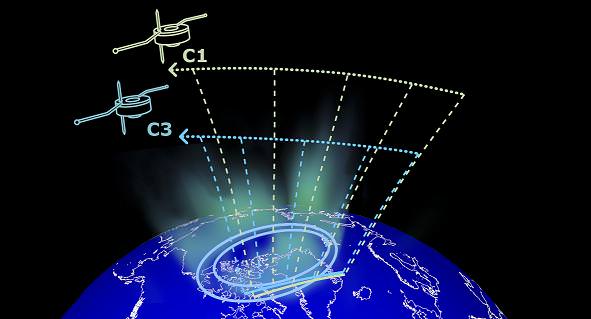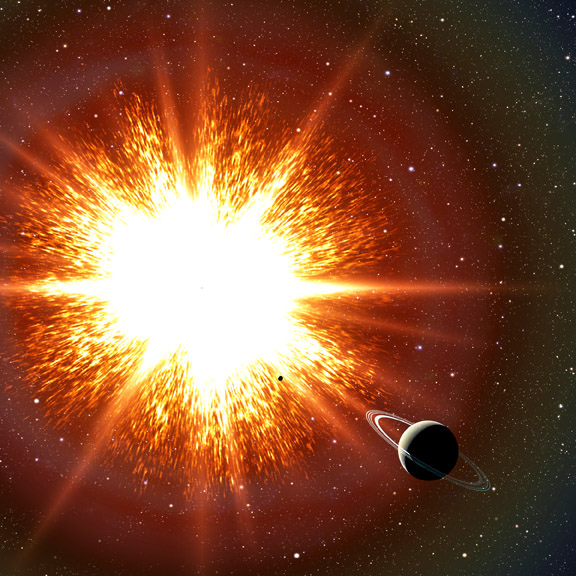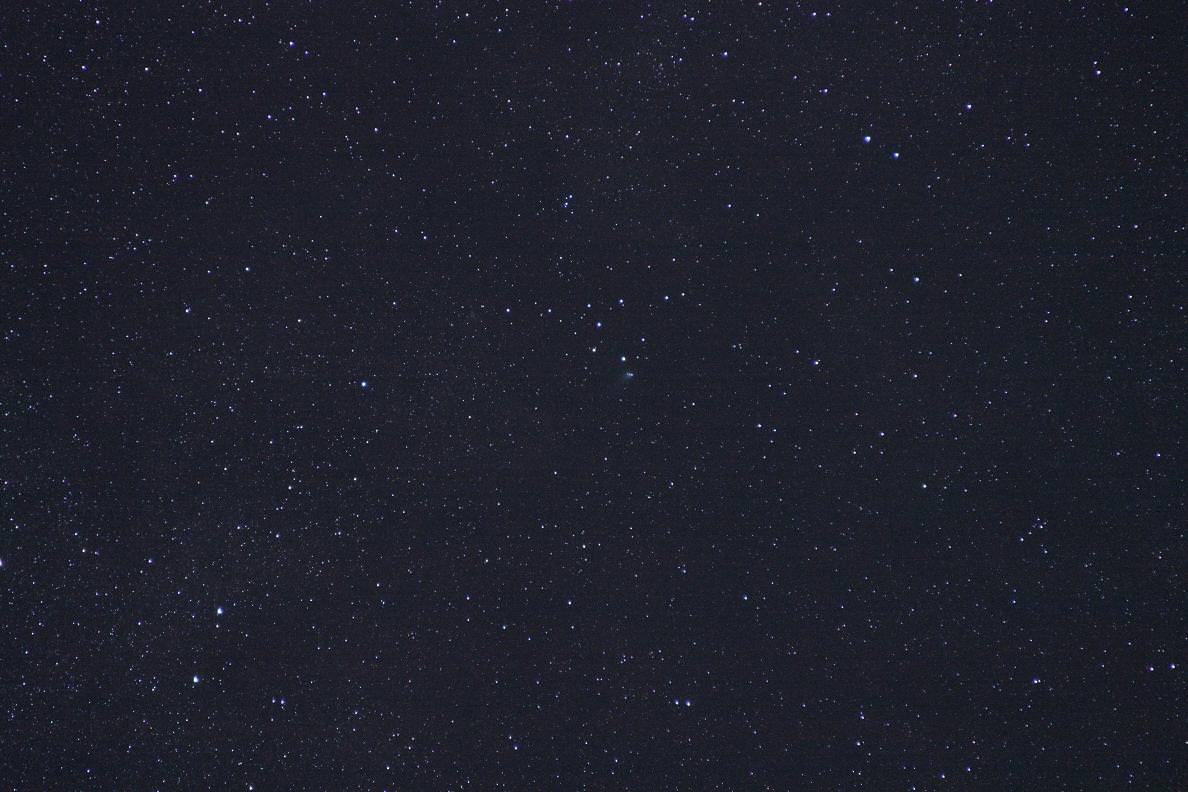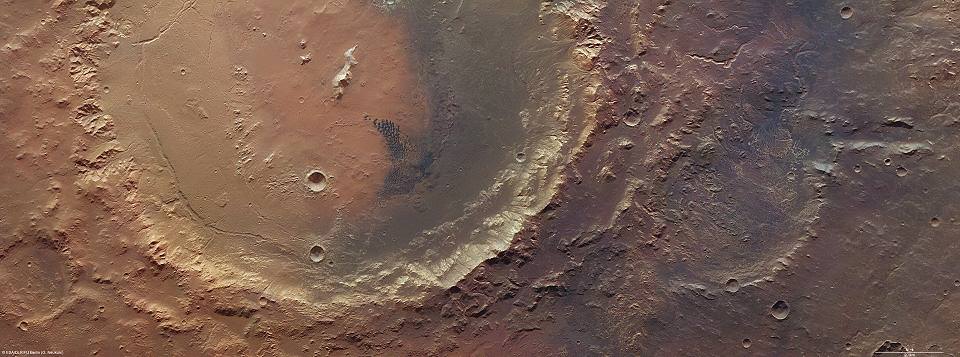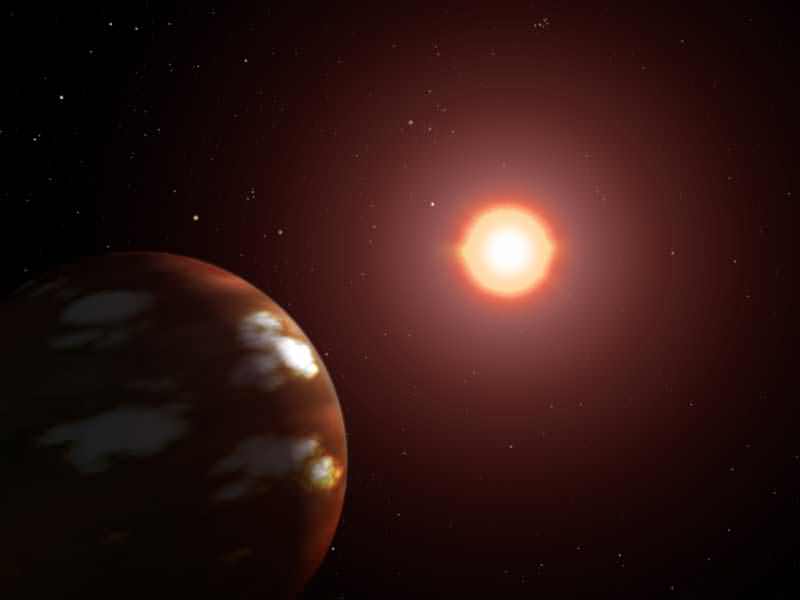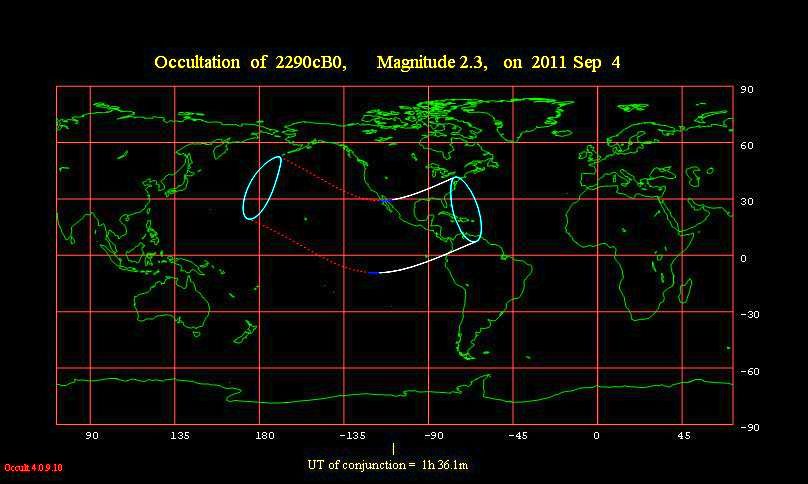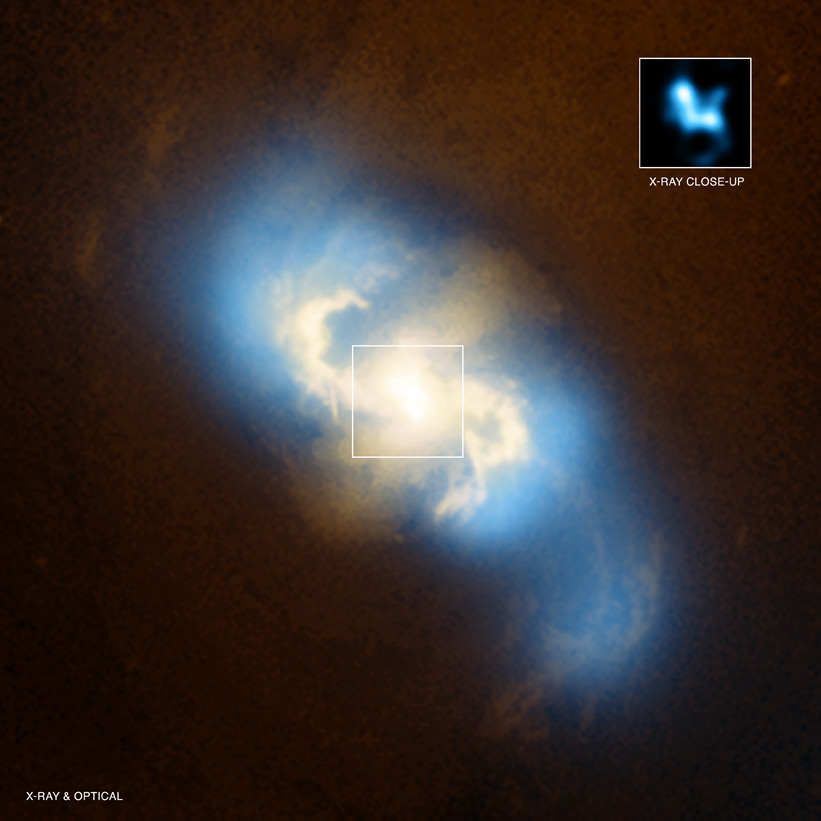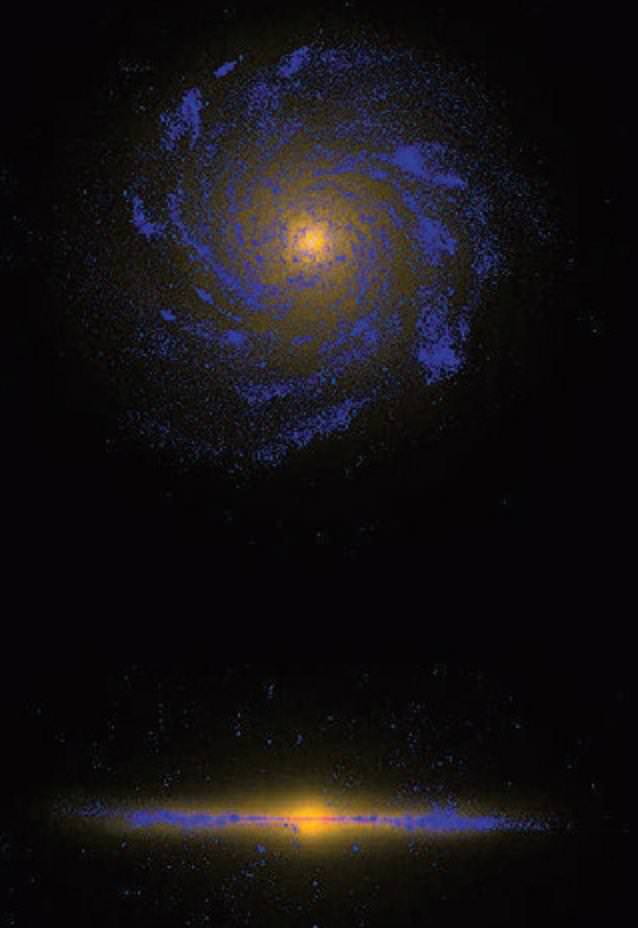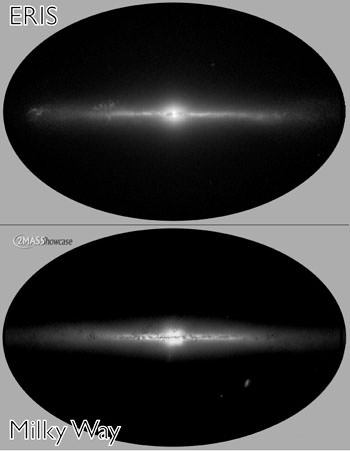[/caption]
Every now and again, a sudden pulse of energy in Earth’s magnetosphere just cuts loose. As a result, we have a bright polar auroral display. While we’re beginning to understand more about magnetism and the Sun/Earth connection, there’s still a few rogues left in the gallery. Just what is a geomagnetic substorm and what does it do?
Although we’ve known about them for years, the exact process behind a geomagnetic substorm has been a mystery… one that’s being solved with data from missions like ESA’s Cluster spacecraft. Earth is continually being bathed in incoming sheets of electrons and protons – the product of an active Sun. These highly energized particles are simply a part of solar winds flowing from coronal holes and even powerful blasts from events like coronal mass ejections. For the most part, we’re shielded by the magnetosphere – but sometimes a wee bit escapes and collects in the magnetotail – stored like a battery charge. At a point, it’s released… and when it does, it re-arranges our magnetic field lines. The energy then conducts itself along these lines like a filament in a light bulb. When the watts hit the fan? Wow… We have polar aurora!
It’s not a new concept, but there’s never been a clear understanding of where these geomagnetic storms originate. Do they come from a sudden disruption of electric current about 64 000 km from the planet? Or are the created by a process called magnetic reconnection which occurs much further down the magnetotail, at a distance of around 125 000 – 200 000 km? If you remember our recent study of Alfven waves, then you know current consensus points towards the reconnection theory. But there’s only one problem. Alfven waves are slow movers, traveling at a reconnection speed of about 250 seconds. What we’re seeing is an event that occurs about 60 seconds after reconnection… and the birth of a new movement. The kinetic Alfven wave (KAW).
“We ran a very simple system, and simulated how the reconnection event released energy in the plasma sheet of charged particles,” said Shay. “We were looking for a faster mechanism for propagating the signal from the explosion than the Alfven waves that were already widely recognized.”
Unlike its predecessor which motivates both ions and electrons, the KAW only excites the electron, moving them through the plasma at twice the speed. Through simulations, it’s been proved the kinetic Alfven wave could be spawned by reconnection, move away from the explosion and activate aurora. The data was returned by the Fluxgate Magnetometer (FGM) and the Electric Fields and Waves (EFW) instrument and found by Jonathan Eastwood, a Research Fellow at The Blackett Laboratory, Imperial College London.
“I found 18 events which occurred at the time the four spacecraft were flying through the tail region,” said Dr. Eastwood. “The fast signal predicted by Michael Shay showed up in the Cluster data, supporting the theory that kinetic Alfven waves generated by reconnection were rapidly energizing the auroras.”
“It’s rather like what happens in a thunderstorm,” he added. “The fast-moving lightning flash arrives first, followed some time later by the slower sound waves of the thunderclap.”
Fancy that… Coming from a substorm!
Original Story Source: ESA Science and Technology News. For Further Reading: Super-Alfvenic Propagation of Substorm Reconnection Signatures and Poynting Flux.

